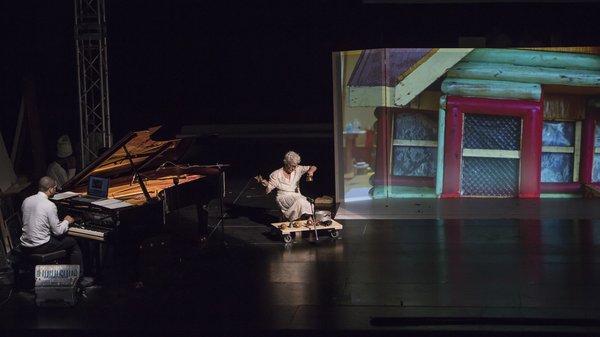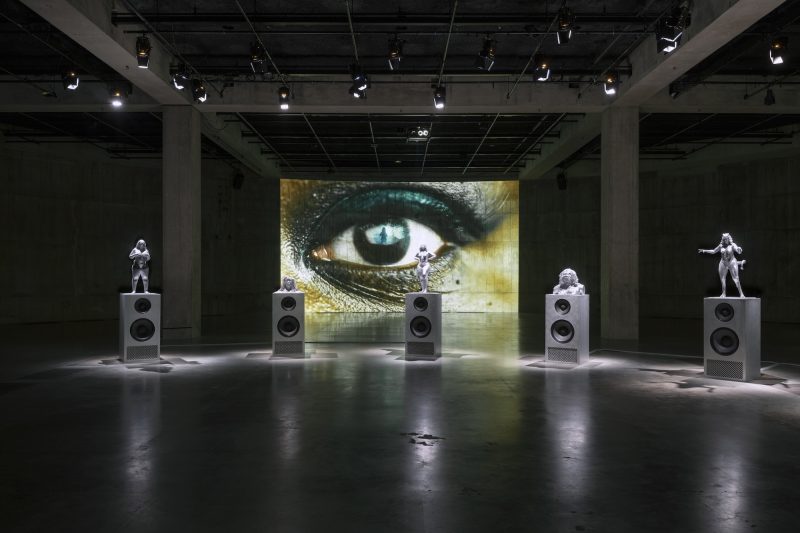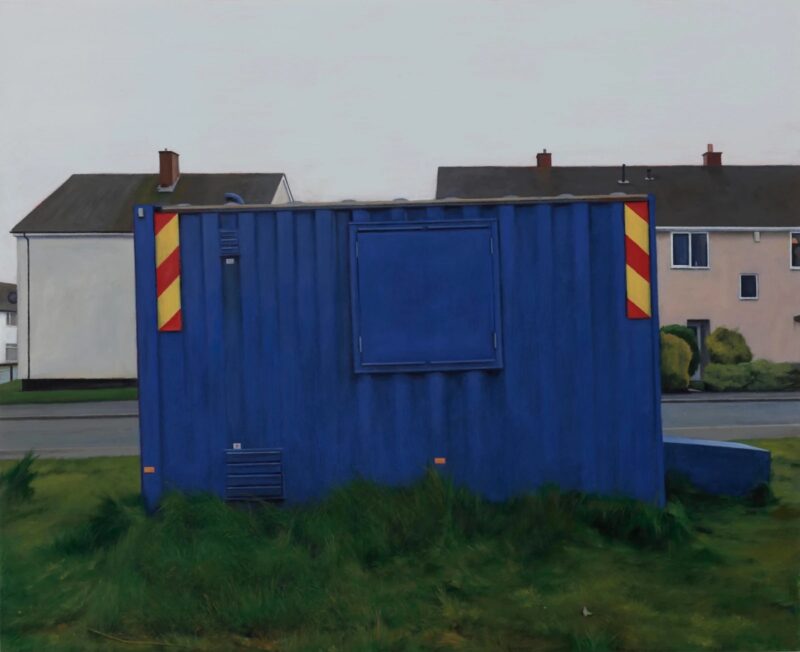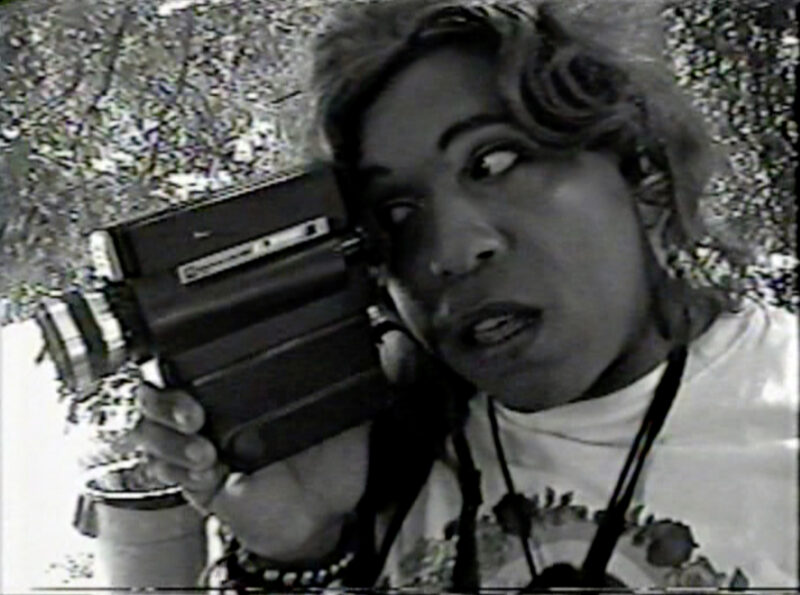
“My main concern is with making images.” On the first night of Tate Modern’s ambitious retrospective of her work, Joan Jonas reiterated that she is not a “performance artist”— the term doesn’t seem right today. She’s an artist. Her work over fifty years has been influential in developing interdisciplinary approaches, encompassing performance in movement and live drawing, video installation, sculpture and sound.
In the South Tank underneath Tate Modern, a two-hour concert collaboration with jazz pianist Jason Moran showed the trust and intimacy the two have developed working together over twelve years, and how their interrogation of improvisation and agreement can bring great energy to live performance. Visuals containing Joan Jonas’s characteristic use of mirrors reflect layers like echoes within the frame and back out in a mise-en-abyme where space and time converge. Before a 2008 piece called Reading Dante, she says “we can all read Dante and seeing that we can see our future lot.” Dante’s vision is one of both abject eternal horror with the possibility, even necessity, of redemption. It shares the big thematic concerns of Joan Jonas’s work: political and civil struggle, ecology, spiritual redemption.
One lovely piece taken from They Come to Us Without a Word, originally debuted at the 56th Venice Biennale, included video of performance with children moving in accordance with the shapes of the dances bees make. A girl from the original bee dance performance came onstage and sat unravelling and ravelling up a ball of string, setting up a lovely resonating image of the teenage girl sharing the stage with the octogenarian artist. She asked there were any scientists in the audience who could explain how “the geometric form of the beehive is the same as the eye—how can that be?”
The physical rigour of the 82-year old artist is remarkable. She makes herself out of breath, feeling that the act of exhausting yourself is important. When Jason Moran is hitting his stride on the piano, she calls it his “stride music”—the sonic accompaniment to her actions including running a paintbrush in large shapes across the floor. Recreating the end of their 2005 collaboration The Shape, The Scent, The Feel of Things, Jason Moran struck vigorous saloon-style music while she scrunched paper up until it was shredded into a pile of white fluff.
“My work is involved with layering,” she noted amusedly. “Using layers, thinking of one thing and seeing another,” explaining what while she was scrunching the paper she hadn’t expected it to become all torn up, but she had enjoyed the unexpected result. “Paper is a material I love. We use the sound, and work with it together.”
“In music we call it shredding too,” said Jason Moran, and cracked up laughing. The confident rapport between the two artists brings an irresistible energy and sense of fun to their rewarding unification of approaches to performance.
http://www.tate.org.uk/whats-on/tate-modern/exhibition/bmw-tate-live-exhibition-ten-days-six-nights







